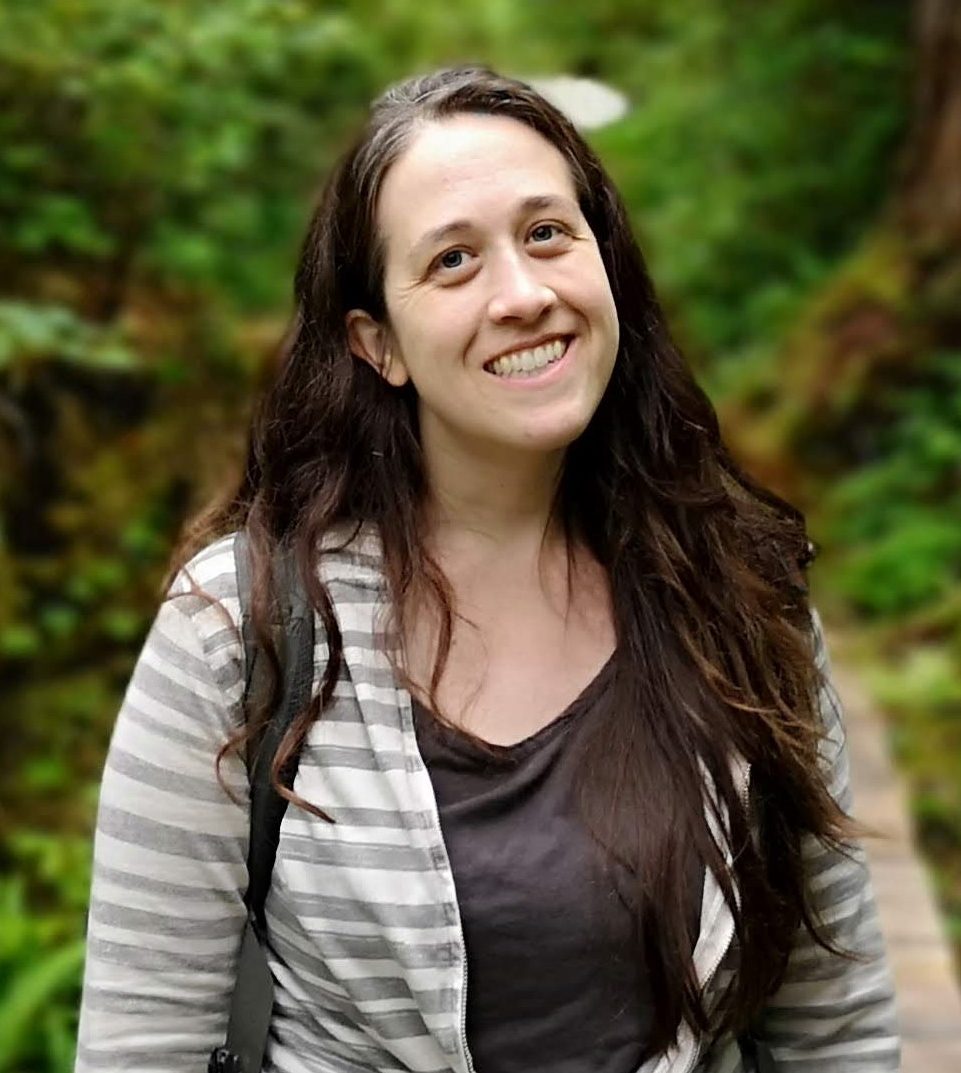When someone dies by suicide, their friends and family can experience grief, loss and shame — and so can their colleagues and care workers. Research from Dr. Rebecca Sanford shows that expanding our view of who can and should access support after exposure to suicide is critical for people in the caring professions.
In the mental health and social work fields, exposure to suicide is often considered an occupational hazard. Yet there is often little support for people grieving when someone they have known professionally dies by suicide. That’s a problem, says Dr. Rebecca Sanford, as it can affect people’s confidence, effectiveness and well-being at work.

Dr. Rebecca Sanford
“People who are exposed to suicide in the workplace may report lower levels of distress than friends and family, but they experience impacts in similar ways: a sense of responsibility, of grief and of feeling that if they had done something differently, they may have prevented it. And because we have a narrow understanding that bereavement is about grieving the loss of a personal relationship, professionals have fewer resources and support,” says Sanford, an assistant professor in the Faculty of Education and Social Work who researches suicide prevention and traumatic bereavement.
These conclusions are borne from a community survey that Sanford conducted with her co-researchers and in partnership with Suicide Prevention Australia. Among the 3,000 responses from people who had been impacted by suicide was a subgroup of people who had been impacted at work: approximately 130 people, including mental health nurses, social workers, counsellors and psychologists.
The resulting research, Workplace exposure to suicide among Australian mental health workers: A mixed methods study and Profiling suicide exposure risk factors for psychological distress: An empirical test of the proposed continuum of survivorship model, finds that workers didn’t have to have a strong personal relationship to the person who died to be significantly impacted, and that systemic failures and workplace issues exacerbate people’s distress.
Identifying the gaps
Among the themes identified in the research are that insufficient or unhelpful responses from employers failed to help people manage their feelings of grief and guilt in their work going forward. This also negated what can be positive professional impacts to suicide, if handled correctly: that people may become more sensitive to warning signs, or less reluctant to engage in conversations about suicide. Another theme, which Sanford says is not yet well explored in literature, looks at how systemic failures, such as underfunding or lack of mental health training, affects professionals.
“A lot of people spoke about their frustrations of working in systems where they know that system is failing people who are in need. Professionals know that the system may not be equipped to respond to people at risk of suicide — services and resources don’t exist, or staff are not trained to intervene appropriately. We connected this to moral injury, which is the idea that the impact is not about trauma from the suicide death by itself, so to speak, but the idea that working in that system goes against one’s moral code and belief systems. That sense of helplessness can contribute to moral injury,” Sanford says. Moral injury, like the related concept of burnout or compassion fatigue, can lead to people leaving the profession. She says that improving our systems of care for both service users and service providers is key.
Sanford is currently looking at further research using the same data from the Australian survey, and looking at how organizations can support people following suicide exposure, particularly those who may not be recognized as traditional subjects of bereavement, such as staff and faculty at universities who lose students to suicide and first responders. Ultimately, she hopes this research exposes the full impacts to people exposed to suicide and helps broaden our view of bereavement.
Support those affected
“There are training and educational efforts towards suicide prevention, and of course that is the goal, to prevent it in the first place,” Sanford says. “But even if we do everything right and people are properly trained and doing their work, it is not something we can prevent 100 per cent of the time. Often we don’t talk about the fact that suicide can happen, and then what resources or support might be available for people who are impacted by suicide loss in the workplace. And we should be talking about that.”
World Suicide Prevention Day occurs each year on September 10. To learn more and attend a virtual event featuring speakers sharing their stories of suicidality, with a focus on suicide in the workplace, visit suicideprevention.ca.
For more information, contact:
Dr. Rebecca Sanford
rsanford@tru.ca

